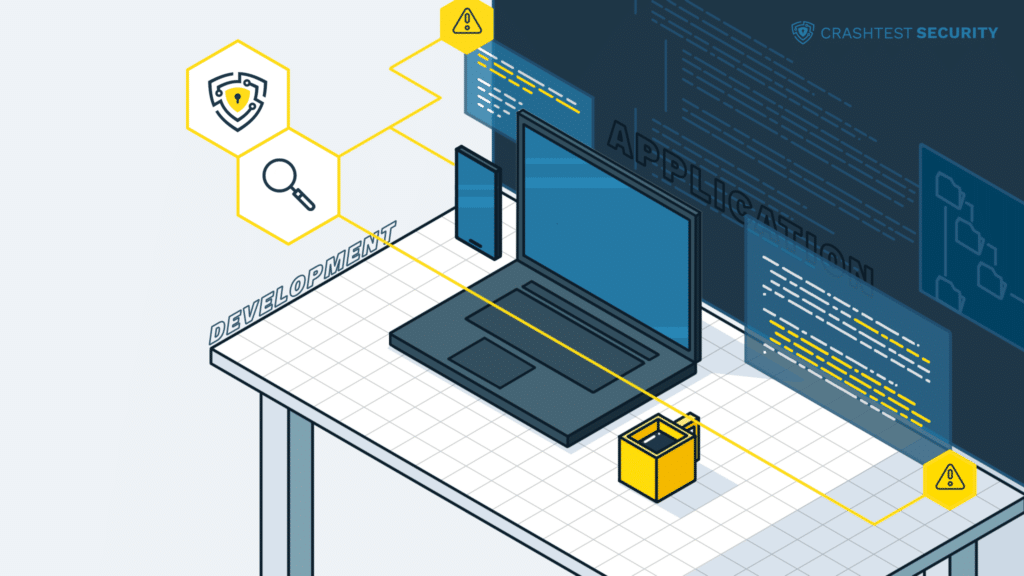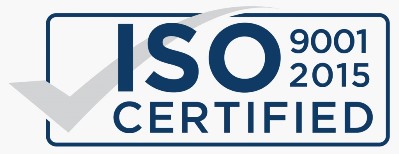Broken Access Control
Date: March 09, 2023

Broken Access Control
Introduction
Due to the design and implementation of access control systems relying on a very complex ecosystem of many components and processes, broken access control vulnerabilities are frequently found in modern applications. To ensure that the tech stack is secure and leaves no place for hackers to abuse the system in such a dynamic, complex ecosystem, security teams should apply a number of organizational, legal, and business logics. As difficult as the job may appear, there are likely to be undiscovered vulnerabilities due to the formal method taken to addressing security. Manual testing is the conventional approach for locating access-related issues. Access control flaws frequently go undetected and are potentially targeted by hackers with a much higher intensity since there is no automated, continuous detection.
How Can I Prevent a Broken Access Control Vulnerability?
An unauthorized person can access restricted resources thanks to a security issue known as broken access control vulnerability. Attackers can get around regular security measures and obtain unauthorized access to sensitive data or systems by taking advantage of this vulnerability. Weak authentication and authorization processes frequently lead to broken access control vulnerabilities that provide attackers access to unauthorized rights. The security of your systems and data depends on the prevention of such vulnerabilities. We'll talk about the broken access control vulnerability in this blog post and how to stop it.
What Is an Access Control Vulnerability with Broken Access?
A common example of a flawed access control vulnerability is a programme that let any user to see or modify sensitive data without first authenticating. This vulnerability could be used by an attacker to have unauthorised access to confidential data or modify it.
A programme that improperly restricts access to particular functions based on a user's role is another illustration of a broken access control vulnerability. A typical user account shouldn't be able to add new users to the system, but an administrator account might be able to do so. To add new users to the system, an ordinary user could potentially grant them administrator capabilities if the application doesn't restrict access to the function.
A Broken Access Control Vulnerability's Identification Process
Broken access control vulnerabilities are linked to numerous attack vectors. But some of the most popular ways to exploit these weaknesses are as follows:
• Injection errors: When untrusted input is injected into an application, injection defects happen, leading to unexpected behaviour. This can be used to change application data or obtain unwanted access to sensitive data.
• XSS (cross-site scripting): Untrusted input that is incorporated in the output of a web page might cause XSS issues. Attackers can take advantage of this to run malicious scripts in the user's browser, which could lead to cookie theft, session hijacking, or other harmful behaviour.
• Broken authentication and session management: When an application neglects to properly validate or safeguard data related to user authentication and sessions, there is a risk of broken authentication and session management issues. An attacker can take advantage of this to access resources or data that they shouldn't be able to.
Effects and Danger of broken Access Controls
Organizations that don't effectively establish or manage access controls run the danger of a number of different things. Data breaches are one of the most frequent and possibly harmful dangers. If an attacker is successful in getting access to sensitive information, they could be able to exploit it to commit crimes like fraud or identity theft. Data breaches can also harm an organization's brand and result in losses of money.
How to Safeguard Yourself
The most crucial step is to consider the access control requirements of an application and document them in a web application security policy. To define the access control rules, we strongly advise using an access control matrix. There is no definition of what it means to be secure for that site without the security policy being documented. The policy should specify which users can access the system and what features and materials each of these user categories should have access to. It is important to thoroughly test the access control system to ensure that it cannot be circumvented. This testing necessitates using numerous accounts and making numerous attempts to access restricted information or features.
Some particular problems with access control include:
• Insecure Ids - To refer to users, roles, content, objects, or functions, the majority of websites employ some kind of id, key, or index. An attacker can freely test the access control system to see what they can access if they can guess these ids and the given values are not checked to make sure they are approved for the current user. Web applications shouldn't rely on any IDs' confidentiality as a kind of security.
• Forced Navigation Past Access Control Checks: On many websites, visitors are forced to navigate past security checks in order to access URLs that are normally "deeper" within the site. These checks cannot be evaded by a user who just navigates past the security check page.
• Path Traversal: In this attack, the relative path information is supplied as part of the information request. These attacks attempt to access files that are typically unavailable to anyone directly or that would be rejected if made directly. These attacks can be transmitted by URLs and any other input that eventually accesses a file (i.e., system calls and shell commands.
• File Permissions: The file system of the underlying platform's platform provides access control lists, which are used by many web and application servers. There are always files kept locally on the web and application server that should not be publicly accessible, including configuration files, default files, and scripts that are placed on most web and application servers, even if practically all data is saved on backend servers. The OS's permissions mechanism should only be used to label files that are particularly intended to be exposed to web users as readable, the majority of folders should not be readable, and very few files, if any, should be marked executable.
• Client-Side Caching: A lot of people use shared computers at airports, libraries, schools, and other public access points to access online applications. Browsers typically save cached versions of online pages that hackers can use to access otherwise inaccessible areas of websites. To prevent sensitive information-containing pages from being cached by users' browsers, developers should employ a number of methods, such as HTTP headers and meta tags.
The appropriate implementation of specific features of your access control system can be helped by certain application layer security components. Again, in terms of parameter validation, the component needs to be built with a precise specification of what access requests are valid for your site in order to be effective. When using such a component, you must be careful to comprehend exactly what access control assistance it can offer you given the security policy of your website, as well as what aspects of your access control policy it cannot handle and must be correctly handled in your own custom code. If at all possible, avoid giving administrators access through the site's main entrance when performing administrative tasks. Given the strength of these interfaces, the majority of companies shouldn't take the chance of opening them up to outside attack. If remote administrator access is absolutely necessary, it can be obtained without entering the site through the main entrance. An outside administrator might be given access to the internal network of the business (or site) through the use of VPN technology, from which point the administrator could view the website via a secure backend connection.



